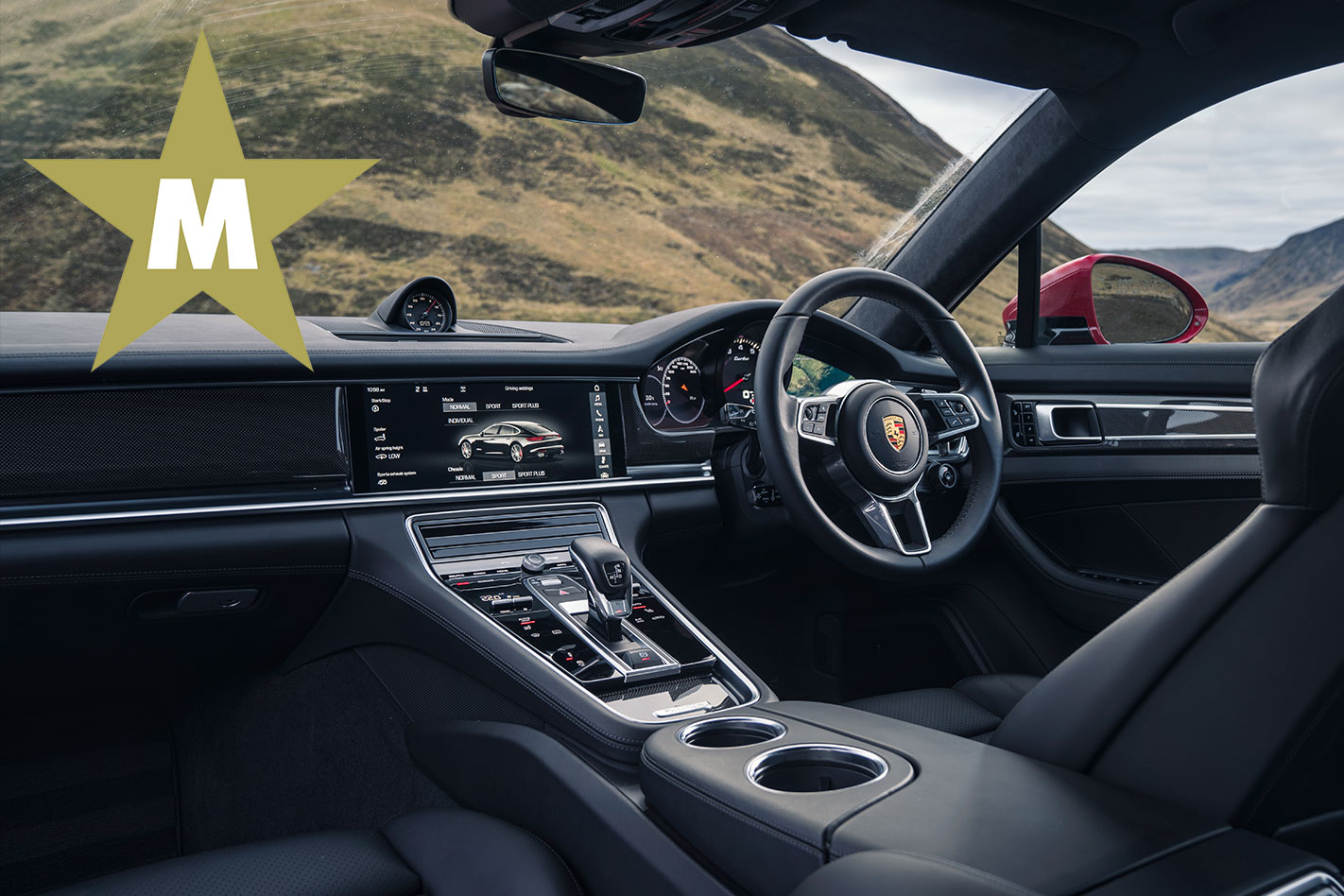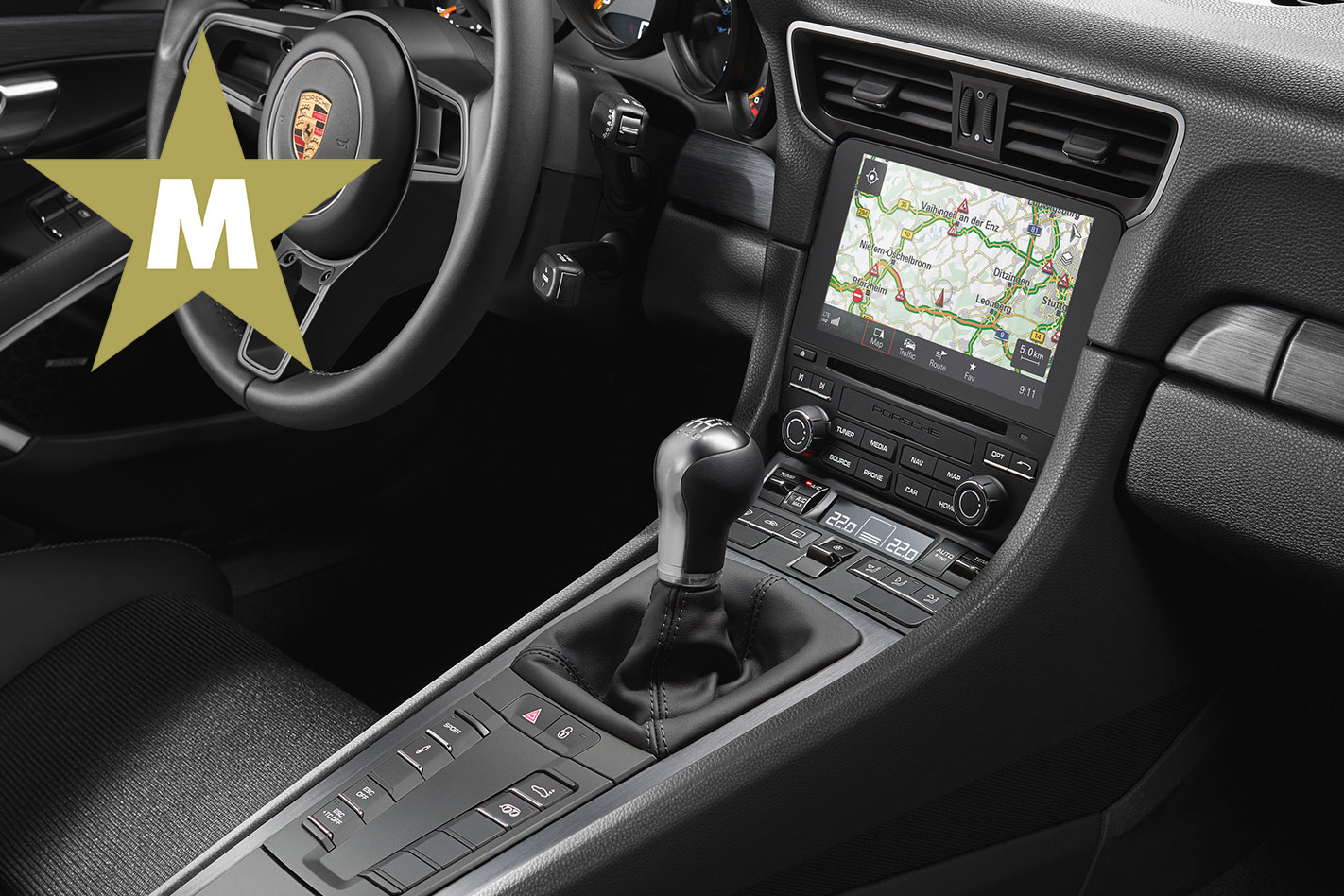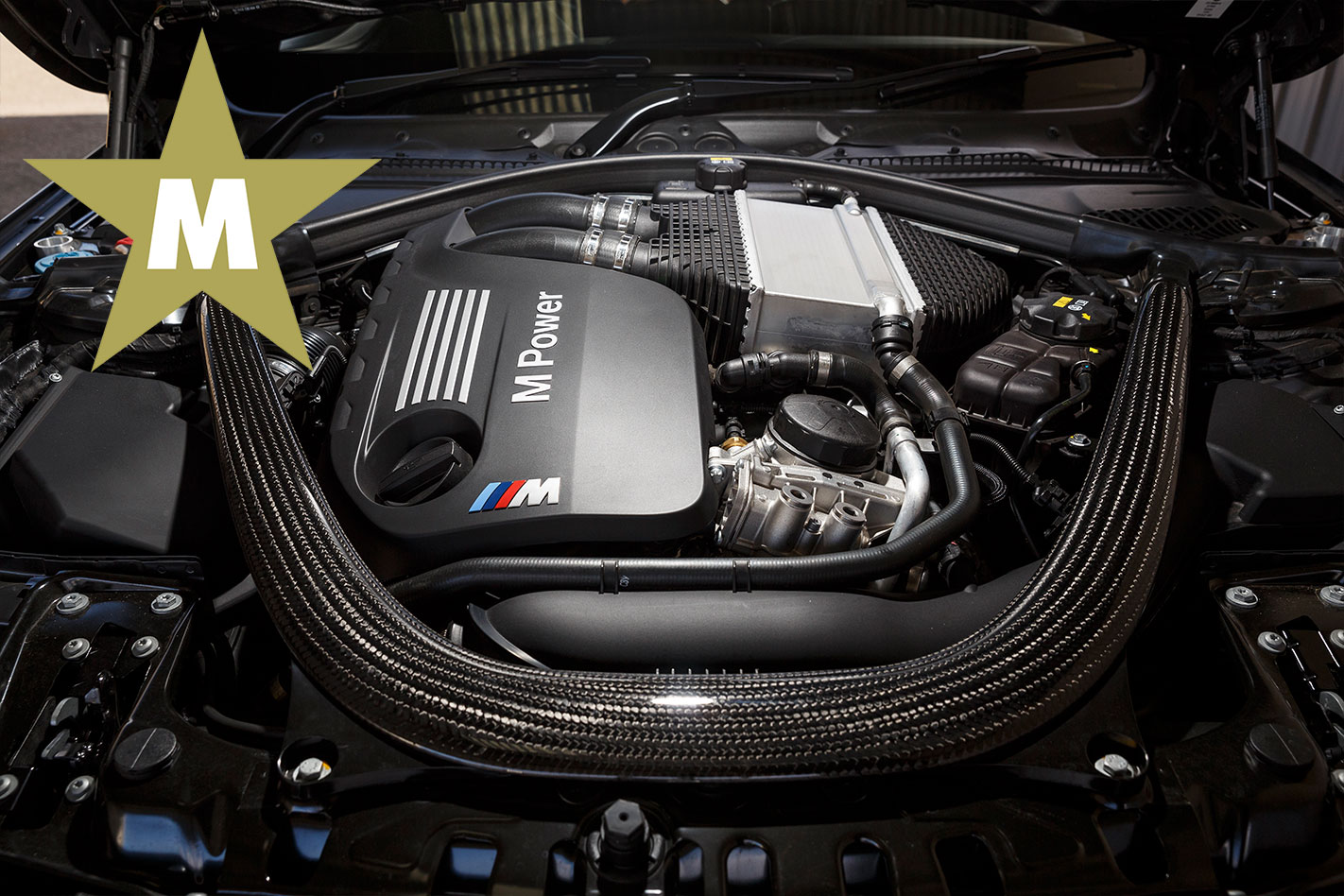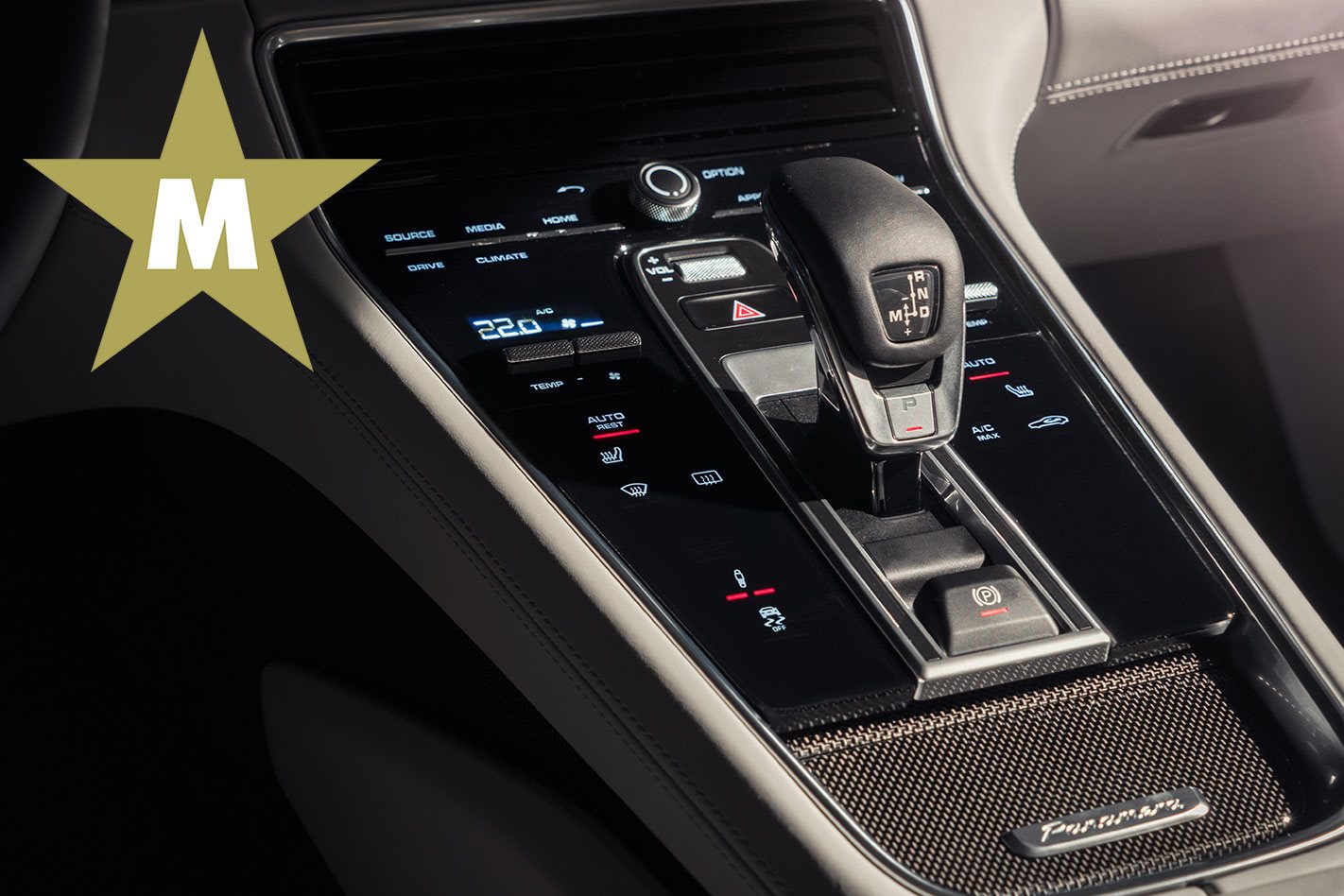Welcome to the MOTOR Awards for 2017, where we recognise the best and worst or the year.
In this instalment we give out three awards – Best Interior, Best Option, and Biggest Gimmick
BEST INTERIOR: Porsche Panamera Turbo

Lexus fired a loud warning shot at posh rivals with the LC500. The swoopy, futuristic coupe is just as alluring inside as it is outside. The interior feels expensive, looks sexy, and is home to one of the best V8 soundtracks we’ve heard this year.
However, some crucial errors, like a confusing gearshift pattern and mouse trackpad, spoil its chances for the top spot.
A finalist further up the food chain is Bugatti’s Chiron. Its interior makes a Koenigsegg’s look as inviting as lunch with Kyle Sandilands. From the moment you see that arch which swoops down from its roof, or the circular brake pedal, you know this thing is special.
And it must be the first Volkswagen product with a steering wheel without buttons pinched from an A3. Downsides? Rear vision is blocked by an almighty 16-cylinder engine and there’s no infotainment screen, yet it costs A$4.3m.
We’re not hankering for wood panels or Breitling clocks; we’d trade them for a perfect driving position and pedal placement every time. But luxury is nice, and on that note, Porsche’s new Panamera deserves high praise, weaving slick design and the latest technology into an office still clearly focused on you.
The Panamera interior mutes the outside world like you’ve climbed into a bank vault. The steering wheel’s nothing new – we’ve met the 918-inspired item before in 911s – but everything else is. Porsche went from a million buttons on the centre console to almost none, banishing them for touchscreen slates.
They surround a gear stalk that looks stolen from an Apache gunship. Its also sensibly separates ‘park’ with a button. Even the cup holder lids resemble cross hairs. The infotainment screen’s bigger than your living room’s, but doesn’t make the cockpit mimic Minority Report like a Mercedes-AMG E63.
The tactile ‘click’ when you press the console buttons is slick, too, while the infotainment’s new control system is simple to learn, even for iPhone-phobes.
Get happy with options and punters up back can watch TV or conference call with the Bluetooth headphones. But the most fun is to be had in the driver’s seat, where the central, and largest, dial counts engine revolutions. And a 4.0-litre twin-turbo V8 means it’ll come round more often than the clock.
Clear forward vision, thanks to that sweeping dash, lets you better judge when to release the hounds and underneath the brake pedal’s wide enough for left-foot braking. There’s also a nice solid dead pedal for when you want to call on all 20 braking pistons.
Of course, this is all bolstered by traditional Porsche ergonomics, which all helps make the Panamera Turbo interior as the place you’d rather be in 2017.
BEST OPTION: Porsche 911 GT3’s manual

The gnashing of teeth from enthusiasts when the PDK-only 991 GT3 was released and the sell-out success of the manual-only 911 R and Cayman GT4 convinced
Weissach to re-introduce the option of three pedals and a DIY gearlever in the 991.2 generation GT3.
Unlike the seven-speed manual in the regular Carrera models, it’s not simply a manualised version of the PDK, either, but a bespoke gearbox with six carefully chosen ratios and a spot-on shift action.
Sadly, it’s unlikely too many customers will choose the manual, but kudos to Porsche for at least giving them the option.
BIGGEST GIMMICK: BMW M4 GTS water injection

A fine mist of water is sprayed into the inlet to lower charge temperatures, which then atomises before entering the combustion chamber.
This allows boost pressure to be raised and outputs increased from the M3/M4 Competition’s 331kW/550Nm to 368kW/600Nm for the GTS.
So if it all sounds good, why is it a gimmick we hear you ask?
Well, firstly, the water runs out very quickly, but more importantly, BMW then released the CS with 338kW/600Nm and no water injection in sight.
To us it seems to be a lot of hassle for such a small gain.





